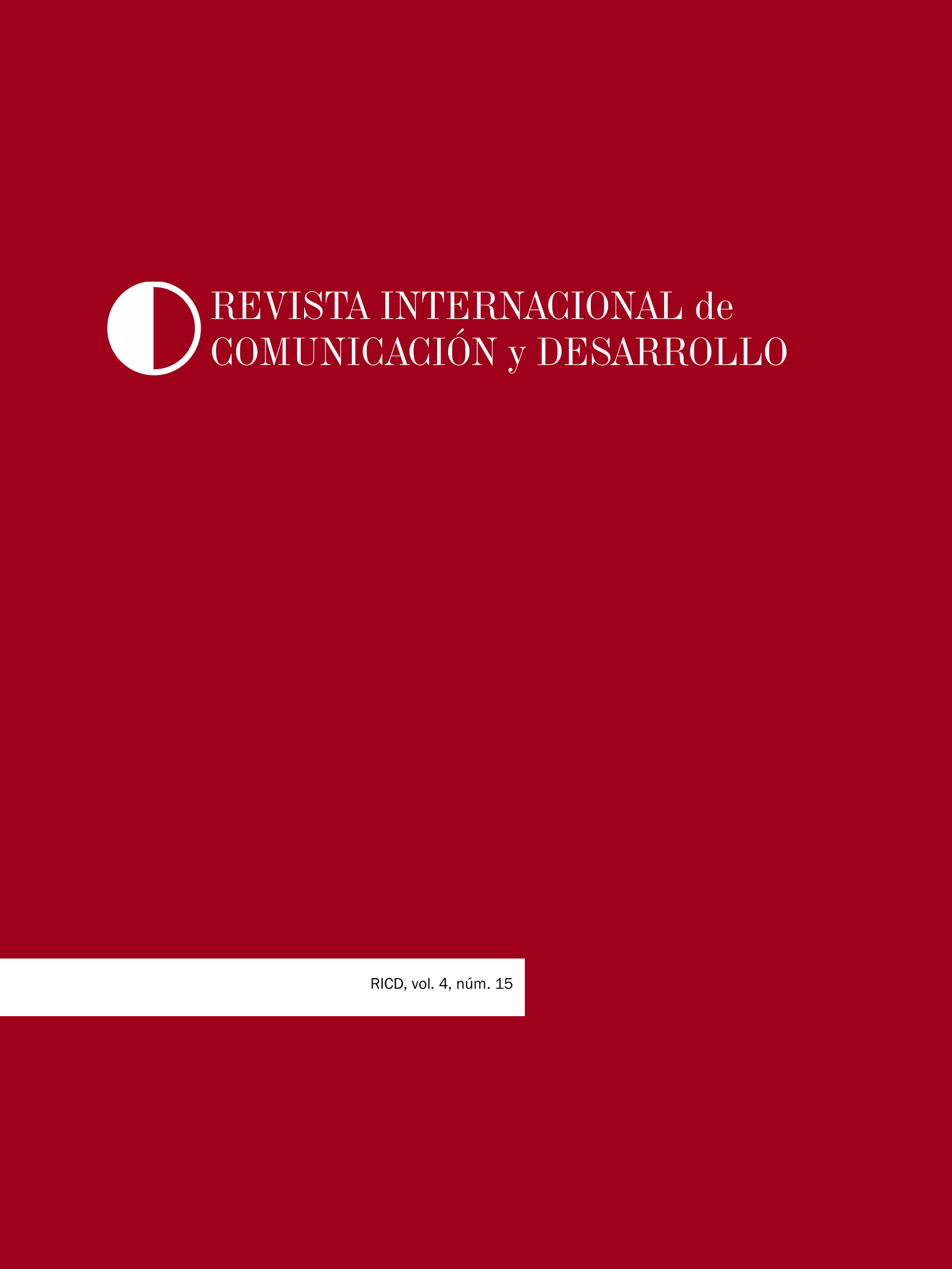Household wáter management is a sine qua non of the sustainable city of the future
Main Article Content
Abstract
In 2020, the average percentage of the world's population living in cities was 56%, with the average for the European continent being 74%. A survey of the European population in 2021 suggests that the three main challenges facing humanity are climate change, lack of water and the spread of disease. In fact, the availability of clean water and its proper sanitation is one of the Sustainable Development Goals set out in the Agenda 2030 (SDG 6). Therefore, management of the water cycle in cities, starting with water purification systems, is necessary to reduce the water footprint. Households play a key role in this goal, as adapting water consumption to real needs can be done in a simple way by following a series of small actions that are economically and technologically accessible. Furthermore, the R&D&I currently being carried out will shape the WWTP of the 21st century, directing its evolution towards the design of a biofactory capable of recovering the material and energy resources present in wastewater, an aspect that is compatible with its primary objective of removal pollutants before they are discharged
Keywords:
Article Details
References
Arias, A., Alvariño, T., Allegue, T., Suárez, S., Garrido, J.M., Omil, G. (2018). An innovative wastewater treatment technology based on UASB and IFAS for cost-efficient macro and micropollutant removal. Journal of Hazardous Materials, 359, 113-120. https://doi.org/10.1016/j.jhazmat.2018.07.042.
Crutchik, D., Rodrigues, S., Ruddle, D., Garrido, J.M. (2017). Evaluation of a low-cost magnesium product for phosphorus recovery by struvite crystallization. Journal of Chemical Technology and Biotechnology, 93(4), 1012-1021. https://doi.org/10.1002/jctb.5453.
Estévez, S., González-García, S., Feijoo, G., Moreira, M.T. (2021). How decentralized treatment can contribute to the symbiosis between environmental protection and resource recovery. The Science of The Total Environment. https://doi.org/10.1016/j.scitotenv.2021.151485.
Eurobarometer (2021). Special Eurobarometer 513. Climate Report. https://europa.eu/eurobarometer/surveys/detail/2273.
González-García, S., Manteiga, R., Moreira, M.T., Feijoo, G. (2018). Assessing the sustainability of Spanish cities considering environmental and socio-economic indicators Journal of Cleaner Production, 178, 599-610. https://doi.org/10.1016/j.jclepro.2018.01.056.
González-Rodríguez, J., Gamallo, M., Conde, J.J., Vargas-Osorio, Z., Vázquez-Vázquez, C., Piñeiro, Y., Rivas, J., Feijoo, G., Moreira, M.T. (2021). Exploiting the potential of supported magnetic nanomaterials as Fenton-like catalysts for environmental applications. Nanomaterials, 11(11), 2902. http://doi.org/10.3390/nano11112902.
Hoornweg, D., Pope, K. (2016). Population predictions for the world’s largest cities in the 21st century. Environment & Urbanization, 29(1), 195–216. http://doi.org/10.1177/0956247816663557.
ISO 14040:2006. Environmental management — Life cycle assessment — Principles and framework. ISO Standars.
ISO 14046:2014. Environmental management — Water footprint — Principles, requirements and guidelines. ISO Standars.
Lema, J.M., Suárez, S. (2017). Innovative Wastewater Treatment & Resource Recovery Technologies: Impacts on Energy, Economy and Environment. IWA Publishing.
Lloret, L., Eibes, G., Moreira, M.T., Feijoo, G., Lema, J.M. (2013). Removal of estrogenic compounds from filtered secondary wastewater effluent in a continuous enzymatic membrane reactor. Identification of biotransformation products. Environmental Science and Technology, 47(9), 4536−4543. https://doi.org/10.1021/es304783k.
WFN -Water Footprint Network- (2021) https://waterfootprint.org/en/.







